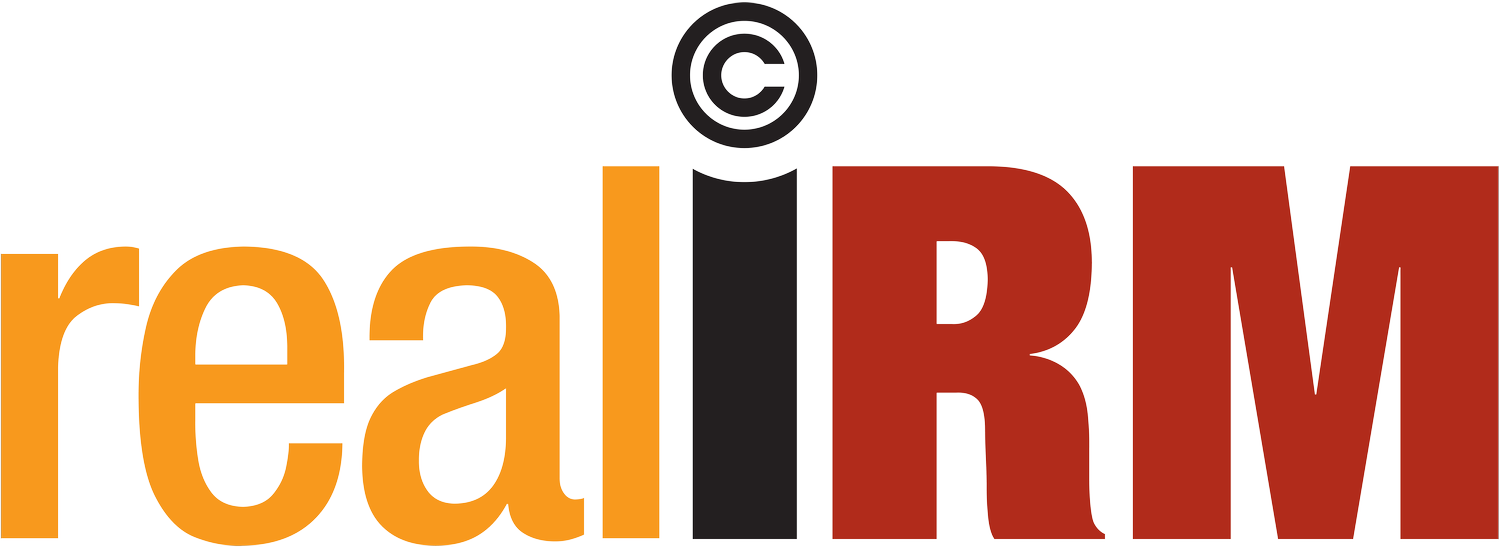Training
Introduction to Business Architecture
Introduction
Business Architecture is defined as the formalised description of an organisation; its essential capabilities and how it uses them to realise its strategic intent and objectives. The purpose of Business Architecture is to define the future state business and operating model, develop a roadmap to get from the current to the desired future state, establish a plan to achieve the business value from the change, and manage the progress along the way to achieve desired business outcomes with pace, certainty and agility.
Course Description
This four-day course is an introduction to Business Architecture and covers the frameworks and tools needed for the discipline. It includes information on the Business Architect role as well as practical guidance on setting up and operationalising a Business Architecture function. The course is rounded off with a case study and numerous exercises to help delegates apply the theory they have learned and to show them how practically to do Business Architecture.
COURSE CONTENT
- Module 1: Course Introduction
- Module 2: What is Business Architecture
- Module 3: Why do we need Business Architecture
- Module 4: Who is the Business Architect
- Module 5: Where does Business Architecture fit in the organisation
- Module 6: How & What - The Architecture Toolbox
Enterprise Architecture Frameworks
- Zachman
- TOGAF
Business Architecture in EA Frameworks
- Zachman
- TOGAF
Architecture Implementation & Governance
- ADM deliverables
- ADM guidelines & techniques
- Enterprise Continuum & Tools
- TOGAF™ reference models
Business Architecture Frameworks
- 5 Views Model (Chris Reynolds) - simple approach
- Business Architecture Value Creation Model (Whelan & Meaden) - intermediate approach
- BIZBOK (The Business Architecture Guild) - advanced approach
- Open Business Architecture: O-BA Part 1 (The Open Group) - Emerging Business Architecture Standard
Business Modelling Tools
- Business Model Canvas (Osterwalder & Pigneur)
- Business Motivation Model (Object Management Group)
Creating your Business Architecture Toolbox
- Module 7: Architecture Framework Integration
- Module 8: Setting up a Business Architecture Function
- Module 9: Scenarios for Applying Business Architecture
- Module 10: How do we do Business Architecture (Practical exercises
COURSE INSTRUCTORS
The course instructors have architecture experience both from consulting and corporate viewpoints and thus are familiar with many real-world challenges
WHO SHOULD ATTEND?
- Staff Responsible for Strategy
- Business Capability Owners or responsible for Business Capability Development
- Business Unit Managers
- Enterprise Architects
- Business Architects
- Business Analysts
- Process Modellers
- Process Analysts
- Process Engineers
COURSE LOGISTICS
Courses are available on the public training schedule or on request for groups of five or more candidates.
COURSE FEE
R 14 438 Excl VAT per delegateWe accept EFT and credit card payments.
COURSE PACK INCLUDES
- A printed course manual
CANCELLATION POLICY
There is a 100% cancellation fee for cancellations made within ten working days of the start of the training event.
The course will be presented using a combination of lectures and practical exercises.
Course Duration:4 Days
Prerequisites:There are no formal course prerequisites.
Equipment:None
Brochure:Delegate Feedback
“Good course. I learnt. Very insightful.”
“One leaves this place with clear understanding of BA, its purpose and the required skills, tools and approach”
“Great knowledge. Thank you for the additional material”
“Great course”
"The course was very insightful. I will be attending more courses"
"Excellent Course. Michael's knowledge base is excellent and how he compares the different frameworks and the use of real-life examples made the course easier to understand"
Upcoming Courses
Register with Real IRM
For more dates please visit our Training Schedule page

